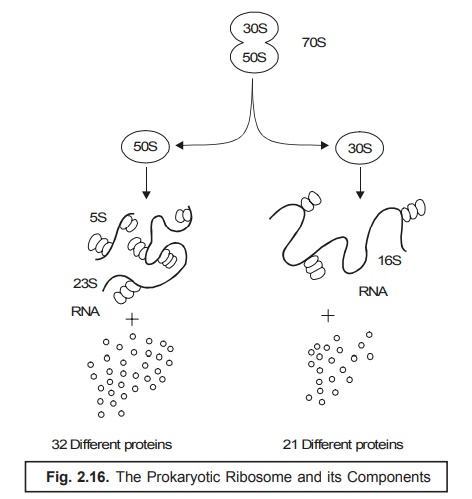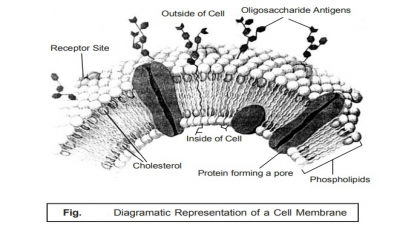Ribosomes
| Home | | Pharmaceutical Microbiology | | Pharmaceutical Microbiology |Chapter: Pharmaceutical Microbiology : Structure and Function of Bacterial Cells
Ribosome refers to a cell organelle made up of ribosomal RNA and protein. Ribosomes may exist singly, in clusters called polyribosomes, or on the surface of rough endoplasmic reticulum.
Ribosomes
Ribosome refers to a cell organelle made up of ribosomal RNA and protein. Ribosomes may exist singly, in clusters called polyribosomes, or on the surface of rough endoplasmic reticulum. In protein synthesis, they are the most favoured site of messenger RNA attachment and amino acid assem-bly in the sequence ordered b the genetic code carried by mRNA.
In other words, the specific cytoplasmic area which is strategically located in the cell material bound by the cytoplasmic membrane having granular appearance and invariably rich in the macromolecular RNA-protein bodies is termed as ribosome.
Characteristic Features :
Following are some of the cardinal characteristic features of the ‘ribosomes’, namely:
(1) Contrary to the animal or plant cells, there exists no endoplasmic reticulum to which ribosomes are bound intimately.
(2) Interestingly, there are certain ribosomes that are found to be virtually ‘free’ in the cyto-plasm ; whereas, there are some, particularly those critically involved in the synthesis of proteins require to be transported out of the cell, get closely linked to the inner surface of the cytoplasmic membrane.
(3) The number of ‘ribosomes’ varies as per the ensuing ‘rate of protein synthesis’, and may reach even upto 15,000 per cell. In fact, greater the rate of proteins synthesis, the greater is the rate of prevailing ribosomes.
(4) Ribosomes represent ribonucleoprotein particles (comprising of 60 RNA ; 40 Protein) hav-ing a diameter of 200 Å, and are usually characterised by their respective sedimentation physical properties as depicted in Fig. 2.16.
(5) Prokaryotic Ribosome. In the event when the ribosomes of the prokaryotes undergo ‘sedi-mentation’ in an ultra-centrifuge, they normally exhibit a sedimentation coefficient of 70 S (S = Svedberg Units), and are essentially composed of two subunits i.e., a 50 S and a 30 S subunit (almost fused as shown in Figure 2.16). Consequently, these two subunits get dis-tinctly separated into a 50 S and a 30 S units*. As a result the 50 S unit further gets segre-gated into a RNA comprised of two daughter subunits of 5 S and 23 S each together with thirty two (32) altogether different proteins [derived from 50 – (5 + 23) = 22 sub-units].
Likewise, the 30 S gets fragmented into two segments i.e., first, a RNA comprised of only one subunit having 16 S plus twenty one (21) precisely different proteins [derived from 30 – 16 = 14 sub-units], (see Fig. : 2.16).
(6) Eukaryotic Ribosome : This is absolutely in contrast to the ribosomes of the corresponding prokaryotic organisms, that do possess a sedimentation coefficient of 80 S, and are essen-tially comprised of two subunits each of 60 S and 40 S, respectively.

7. Polysomes. In a situation when these ‘ribosomes’ are specifically associated with the mRNA in the course of active protein synthesis, the resulting product is termed as ‘polysomes’.
It is, however, pertinent to mention here that there are a plethora of ‘antibiotics’ viz., chloramphenicol, erythromycin, gentamycin, and streptomycin, which exert their predomi-nant action by causing the inhibition of ‘protein synthesis’ in ribosomes.
Related Topics

